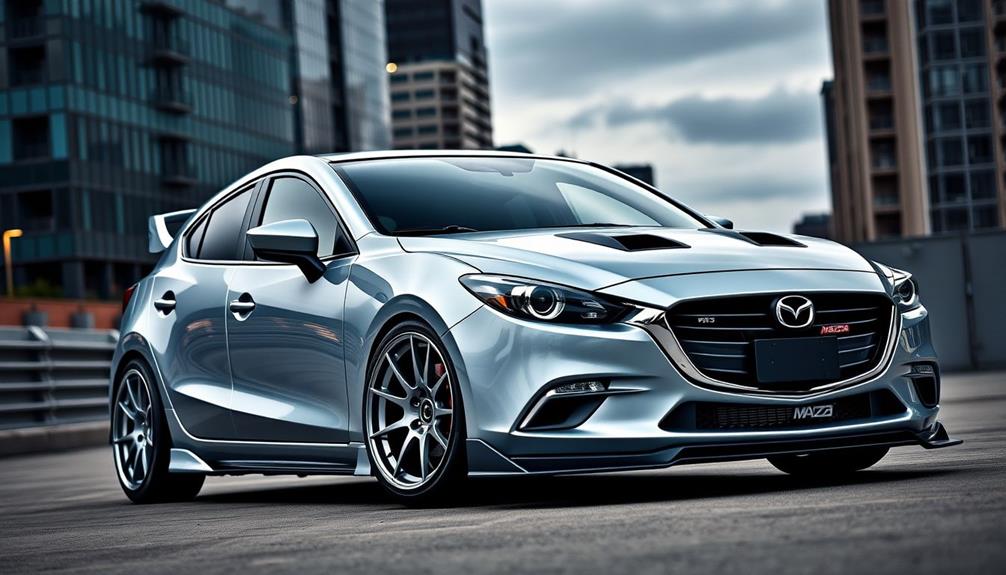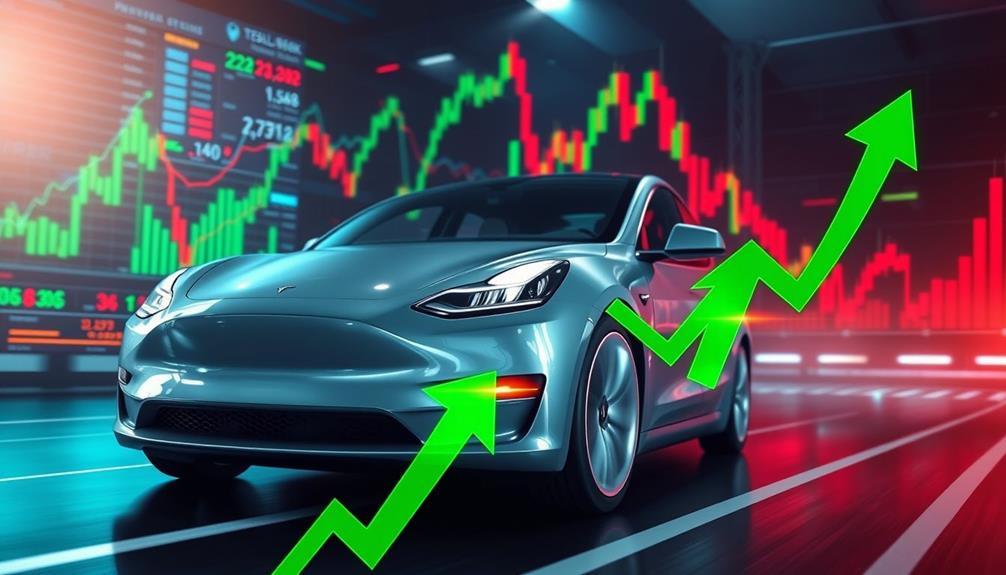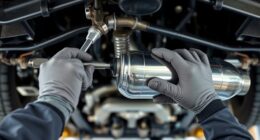Upgrading your Mazda 3 with a tuning kit can dramatically enhance your driving experience. Start with an ECU tuning for immediate gains, especially if you're using high-octane fuel. Consider installing a better air filter and exhaust system to improve airflow, boosting performance further. Don't overlook suspension upgrades like rear sway bars or lowering springs to sharpen handling. Many enthusiasts recommend high-quality tires for added grip. You can join forums to discover top parts and get advice from fellow Mazda 3 owners. Keep exploring options, and you'll uncover even more ways to maximize your Mazda's potential.
Key Takeaways
- Start with an OTS Tuning Kit for a budget-friendly introduction to ECU tuning, enhancing performance for $349.
- Upgrade to a Tier 1 Tuning Kit for remote tuning capabilities and six file revisions, available for $399.
- Consider Tier 2 Tuning Kits for advanced customization and greater performance gains beyond basic tuning options.
- Enhance handling and cornering by investing in suspension upgrades like rear sway bars and lowering springs.
- Improve airflow efficiency with an AEM DryFlow panel air filter and Ulter Sport back exhaust for better performance.
Overview of Tuning Kits
When it comes to enhancing your Mazda 3's performance, tuning kits are a great way to release your vehicle's potential. These kits cater to different engine choices, including 2.0L, 2.5L, and Diesel variants, ensuring you find the right fit for your performance goals. Whether you’re looking for improved throttle response or maximizing horsepower, there’s a wide range of options to suit your needs. Many enthusiasts also explore **Mazda 6 GH performance upgrades**, which offer similar tuning potential but specifically cater to the GH series. By making these enhancements, you can experience noticeable gains in both power and efficiency, transforming your driving experience.
The OTS Tuning Kit for non-turbo engines starts at just $349 and includes the VersaTuner Lite and OBDLink SX Cable, making performance tuning accessible even if you lack prior experience.
If you're looking for more advanced options, consider the Tier 1 Tuning Kit for $399. This kit features MazdaEdit Lite and the Tactrix OpenPort 2.0 Cable, allowing for remote tuning services and up to six file revisions within four months, helping you reveal true performance potential.
For those seeking enhanced customization options and potentially greater performance gains, Tier 2 Tuning Kits are available, typically starting at a higher price point.
Plus, all Tier 2 Mazda Tuning Kits in North America come with free shipping, making them an appealing choice for enthusiasts keen to elevate their driving experience.
With the right tuning kit, you can transform your Mazda 3 into a true performance machine.
Performance Upgrade Options

Performance upgrades for your Mazda 3 can transform it into a more dynamic and responsive vehicle. One of the most effective upgrades you can consider is ECU tuning. This enhancement can greatly improve your driving experience, especially when you pair it with high-octane fuel, which maximizes the tuning benefits and minimizes engine knock.
Don't overlook suspension improvements, like rear sway bars and lowering springs. These upgrades boost handling and cornering dynamics, essential for any performance-driven Mazda 3.
Additionally, focusing on airflow efficiency can lead to better performance. Consider installing an AEM DryFlow panel air filter to enhance air intake, and an Ulter Sport back exhaust for improved exhaust flow.
While these upgrades may offer more modest gains compared to ECU tuning, they contribute to the overall performance of your vehicle.
It's also a good idea to engage with community forums. They provide valuable insights and recommendations about the best performance parts tailored specifically for the Mazda 3. This way, you can make informed decisions and maximize your upgrade investments, ensuring your Mazda 3 exceeds your expectations on the road.
Community Recommendations

Upgrading your Mazda 3 isn't just about the parts you choose; it's also about insights from fellow enthusiasts. Community recommendations can guide you toward the best performance, making your tuning journey smoother and more effective.
Here are some key tips you should consider:
- Start with Tires: Many users recommend upgrading to better tires first. This simple modification can greatly enhance your handling and grip.
- Research Credible Sources: Don't just buy the first aftermarket parts you find. Knowing where to look guarantees you avoid overpaying and get quality components.
- DIY Tuning: Embrace a DIY approach to modifications. It not only saves you money but also deepens your understanding of automotive mechanics.
- Share and Learn: Engage in forums to share dyno results and personal experiences. This collective knowledge helps everyone make informed decisions about their tuning strategies.
Frequently Asked Questions
How to Increase Horsepower in Mazda 3?
To increase horsepower in your Mazda 3, consider upgrading to a high-flow air filter, installing a cat-back exhaust, and tuning your ECU with high-octane fuel. These modifications can greatly enhance your vehicle's performance.
How Much HP Can You Get Out of a Mazda 3?
Imagine your Mazda 3 as a sprinter. With the right tweaks, you can release up to 230 horsepower, transforming it into a powerhouse. Performance upgrades, like an ECU tune, boost both power and torque greatly.
Are Mazda 3s Tunable?
Yes, Mazda 3s are tunable. You can enhance performance through various upgrades like ECU tuning and exhaust modifications, which considerably boost engine power and responsiveness, ensuring you enjoy a more thrilling driving experience.
How Much Does It Cost to Tune a Mazda 3?
So, you think tuning your Mazda 3's a bargain? Well, basic kits start at $349, but if you want serious upgrades, be ready to shell out anywhere from $1,300 to over $20,000. Happy spending!
Conclusion
In the grand race of automotive evolution, tuning your Mazda 3 is like sharpening a sword for battle. Each upgrade, from a new exhaust to a precision ECU tune, is a step toward releasing your chariot's true potential. Just as a knight relies on their armor, you'll rely on these enhancements to conquer the roads ahead. So gear up, embrace the journey, and let your Mazda 3 transform into the valiant steed it was always meant to be.










